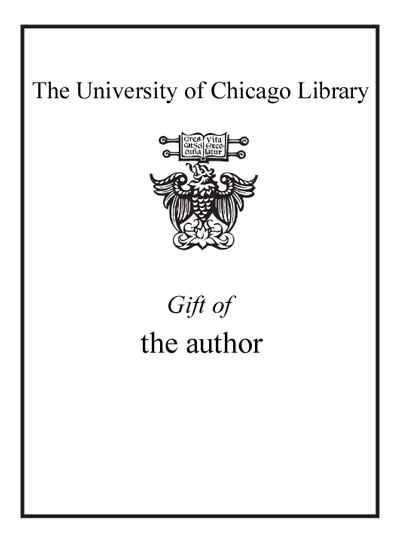Cartae baronum /
Saved in:
| Imprint: | Woodbridge, Suffolk, UK ; Rochester, NY : Printed for the Pipe Roll Society by The Boydell Press, 2019. ©2019 |
|---|---|
| Description: | xxxviii, 425 pages ; 25 cm. |
| Language: | English |
| Series: | Publications of the Pipe Roll Society ; volume C = new series, volume LXII Publications of the Pipe Roll Society (London, England) ; new ser., v. 62. |
| Subject: | |
| Format: | Print Book |
| URL for this record: | http://pi.lib.uchicago.edu/1001/cat/bib/11934587 |
Regenstein, Bookstacks
| Call Number: |
DA200.C37 2019
|
|---|---|
| c.1 | Available Loan period: standard loan Scan and Deliver Request for Pickup Need help? - Ask a Librarian |
Regenstein, Bookstacks
| Call Number: |
DA200.P66 n.s. v.66
|
|---|---|
| c.1 | To check availability consult the series record. Need help? - Ask a Librarian |

